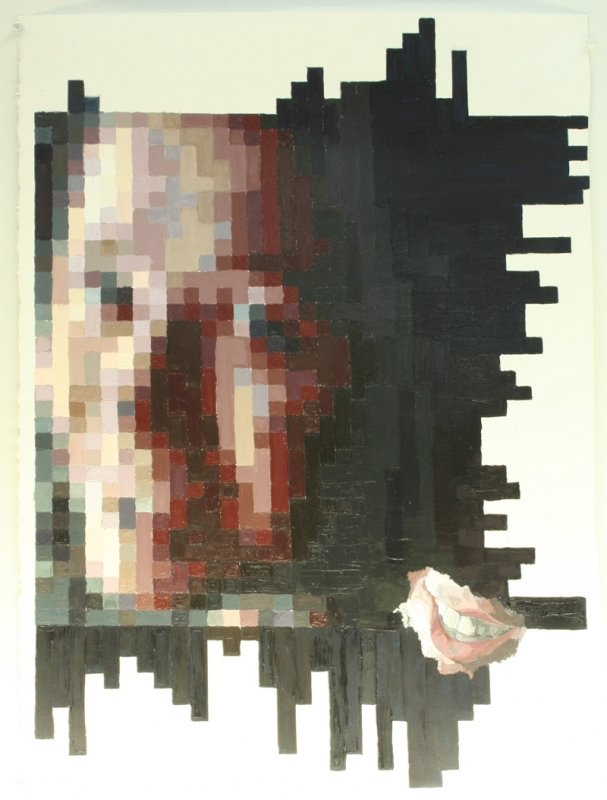Teaching Philosophy
The foundation for good studio practice is developing problem-solving skills and fostering creative thinking. Student engagement hinges on assignments that invite expanding beyond the basics of design or composition for example. I have found that students truly become engaged when the delivery of the material taps into each student’s emotional core. Passion and sincerity are key ingredients. I also encourage students to deconstruct their own worldview. How does taste develop and evolve? What can art say about one’s personal worldview? I invite students to think more fluidly about this notion of taste and how approaching art from this perspective can open a world of possibilities. Thus, while I generally begin with a set curriculum and goals for each course, I always allow for adjustments depending on each student’s particular trajectory.
My approach to teaching and making my own art attempts to synthesize democratic accessibility with academic rigor and the challenging ideas of contemporary art. While I encourage students to think critically and create work within the context of contemporary art, my hope is to reach as many students as possible. I want students to remain firmly rooted in making art that draws connections, or remains connected to everyday life. And while contemporary art frequently does this, very often the audience remains limited to trained academics. I feel it is the duty of an artist and an instructor to expand art’s audience and to teach students to bridge these gaps. Thus developing at least one or two projects centering on systems related to the community at large is integral to my curriculum. Students then are better able to see how art truly matters in the context of our social fabric.















